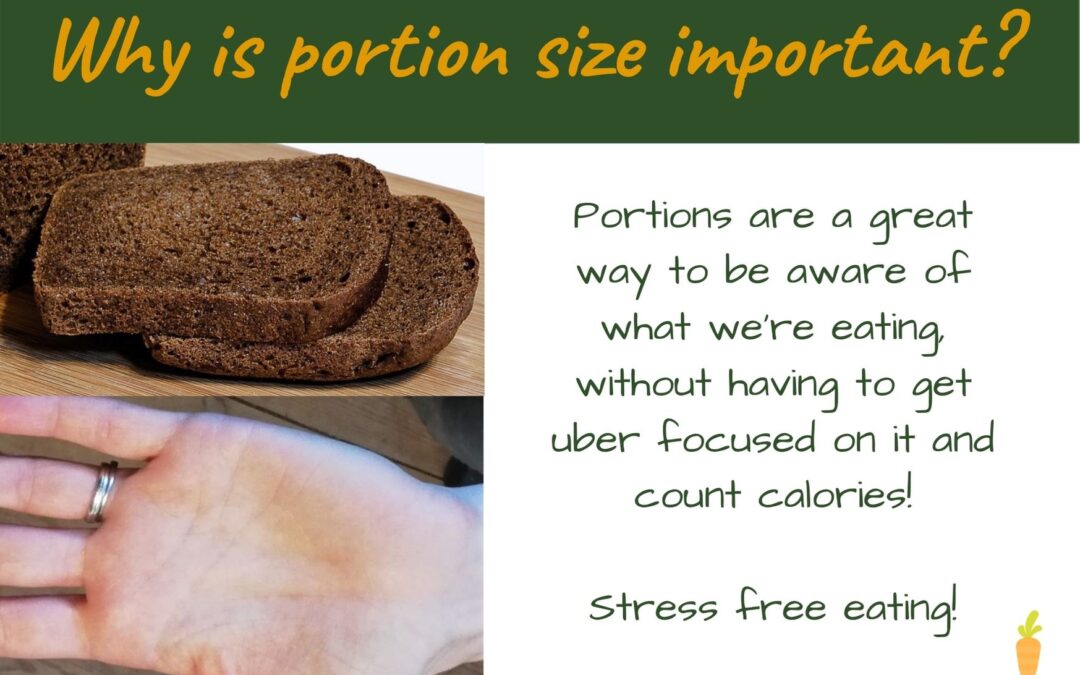I’m not one for counting all your calories or focusing too hard on how much I’m eating of what – that way lies madness, and a poor relationship with food! But I do get asked, is portion size important?
Simply put, it’s important to be aware of portion sizes as too much or too little of any type of food can increase our risk of health problems. So we need some way to have an idea of what we’re eating over the day or week.
What is a portion?
Portions are a way of measuring and comparing an amount of a food group. A slice of bread for example, is roughly equivalent to a medium potato, or 3tbsp cereal in its carbohydrate content.
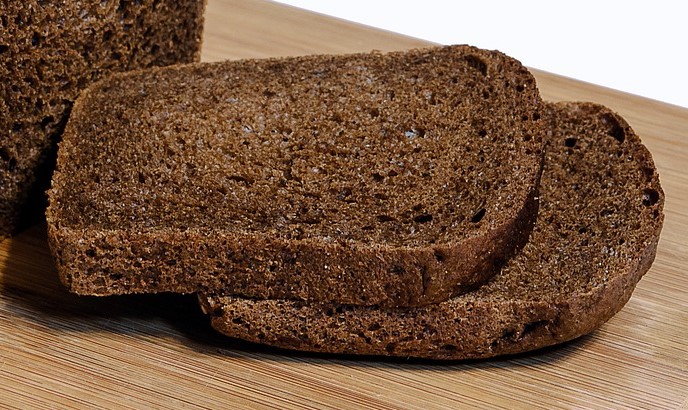
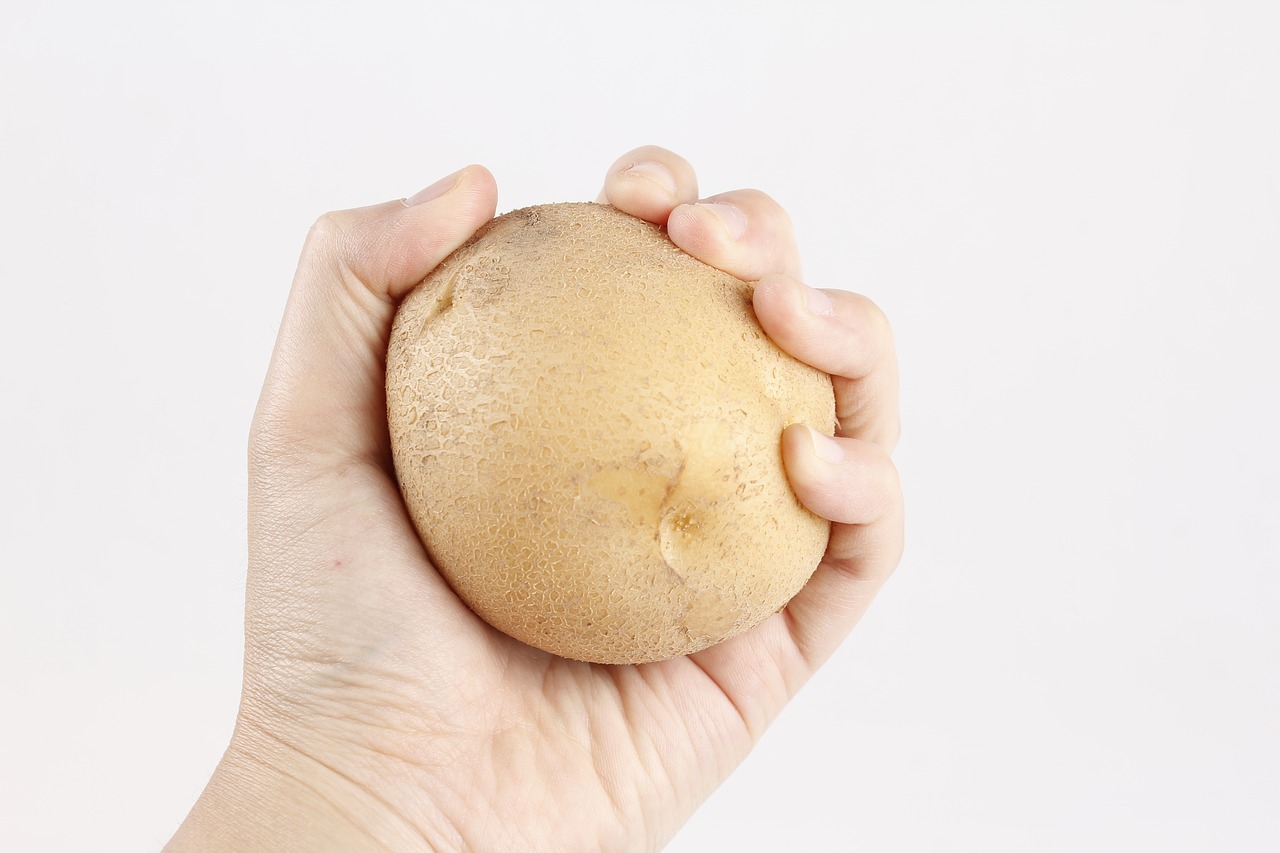
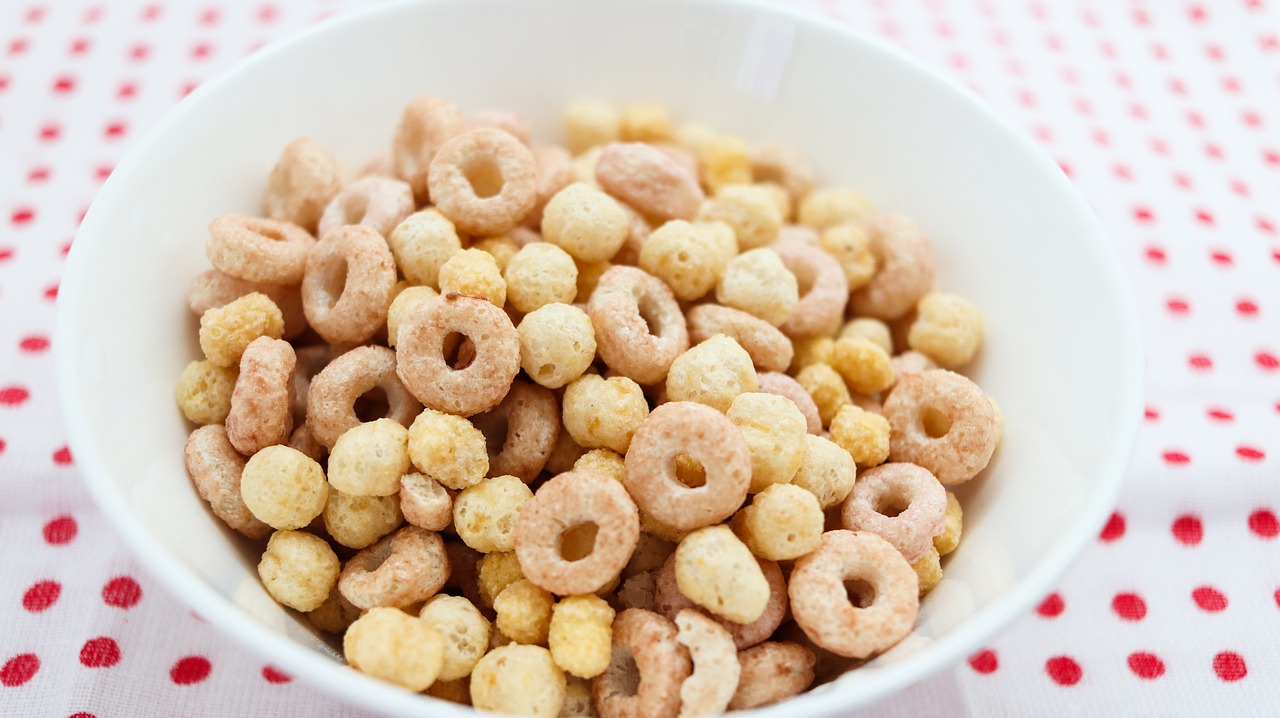
It isn’t necessarily the amount that you should have in one sitting, you may have two medium potatoes for instance, or be happy with 60g rather than 75g pasta, but it’s often close…
So it’s just a way of being able to track roughly how much of the each of the main food groups we’ve eaten so we can see if we’re balanced or not and adjust. It sounds more complicated than it is, and eradicates the need to focus on calories for most people. Definitely a plus!
How do we measure portions?
There are a couple of options: portion sizes as an approximate weight and portion sizes determined using your hand…
Using weight
This needs learning, so it’s ok if you’re cooking at home and can have a reference guide open – like this one from nutrition.org.uk.
Beware that recipes may not always have the healthiest balance of portions. Feel free to amend your proteins, carbs and fats to fit what you need – don’t be scared to play around with recipes a little!
My main example of this is the Lean in 15 recipe books by Joe Wicks. I LOVE them for the flavour combinations he comes up with, and because they are usually quick and easy. But for me, the portion sizes are all off! So I switch it; add some carbs, reduce the protein and usually add more seasonal veg. Rarely does it turn into a disaster because of my fiddling!
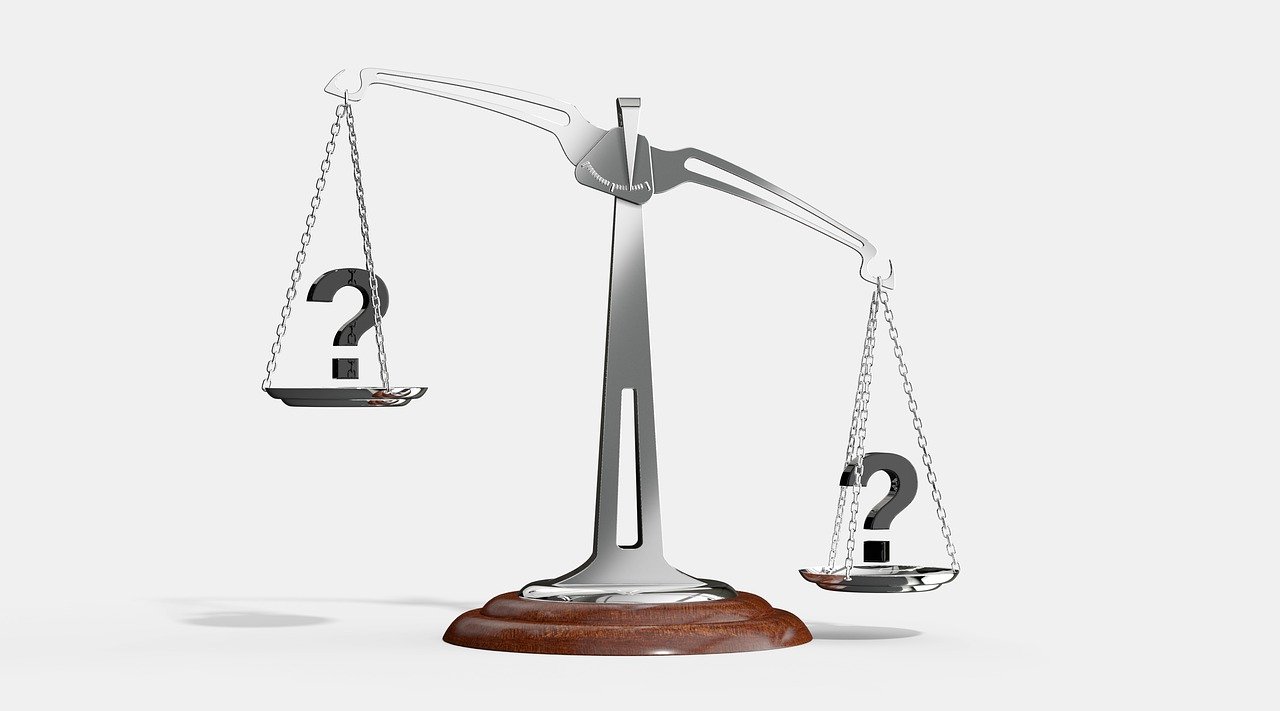
Here are some examples:
- Portion of pasta is 75g
- Cooked pasta or rice 180g
- A baked potato should be 220g
- Around 40g of breakfast cereal
- A piece of cooked meat 120g
- Cheese 30g
- 20g of peanut butter
- 30g soft cheese
- 125ml milk
These need to be learned, which is going to take a little time…
Using our hands
The most accurate way to judge portions is to weigh your food, but that’s not always practical! Another way of looking at portions is using hand measurements – which has the added benefit of varying by person, and so a woman would generally eat less food than a man if a portion is a ‘fist sized amount’, which fits with their generally lower need.
Instead we can estimate with the following:
- Portion of pasta is 2 handfuls.
- Spaghetti bunch should be about £1 coin thick
- Cooked pasta or rice should fit in 2 hands cupped together
- A baked potato should be the size of your fist
- Around 3 handfuls of breakfast cereal
- A piece of cooked meat around half the size of your hand
- Cheese around the size of a matchbox (or two thumbs)
- 1tbsp of peanut butter
- 3tbsp soft cheese
- About half a small glass milk
On a high level, this is:
- Carbs – 1 fist per portion
- Protein – half a hand / your palm
- Fats – 2 thumbs
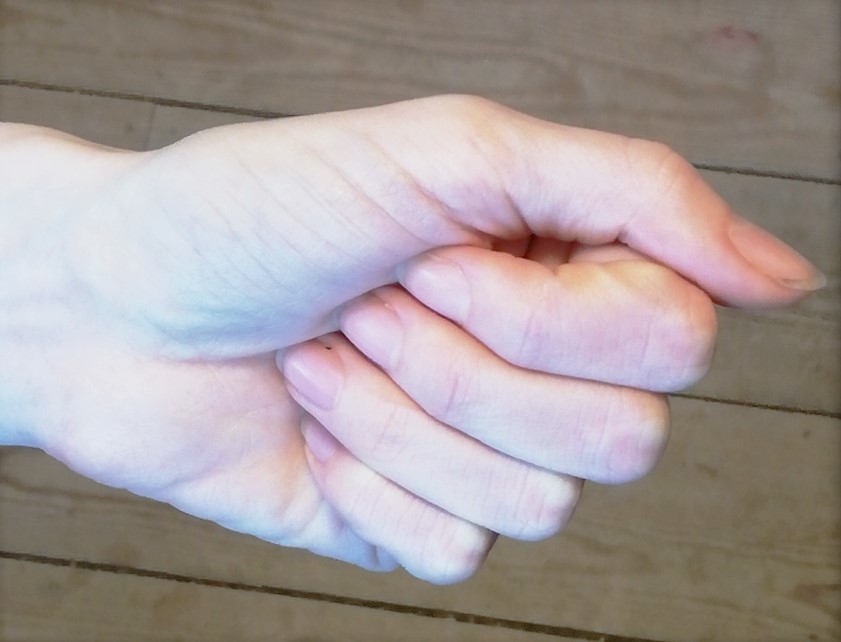

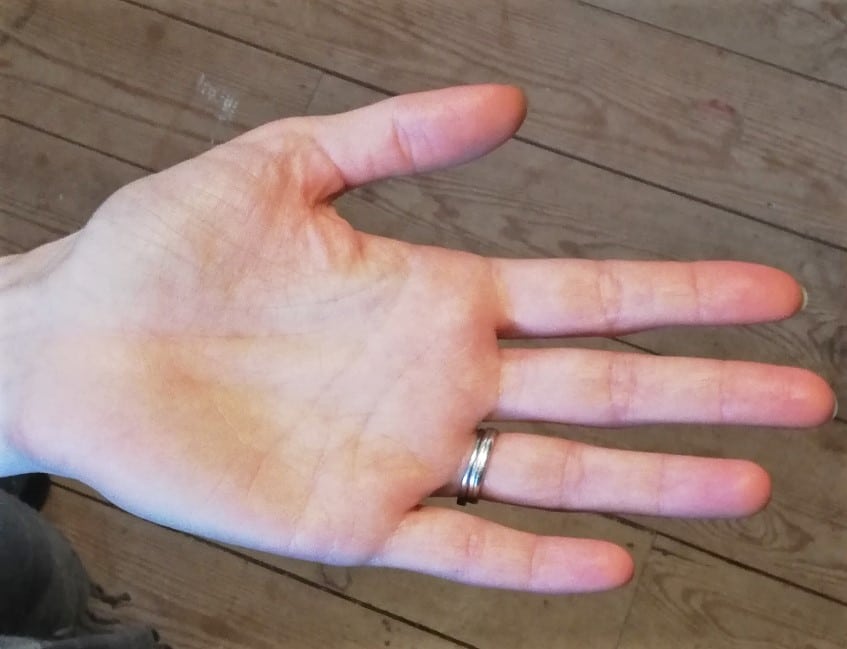
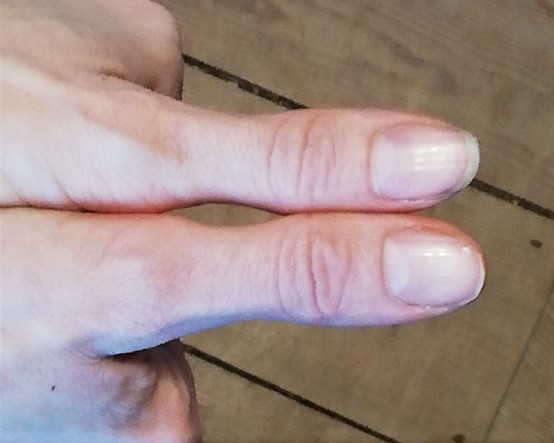
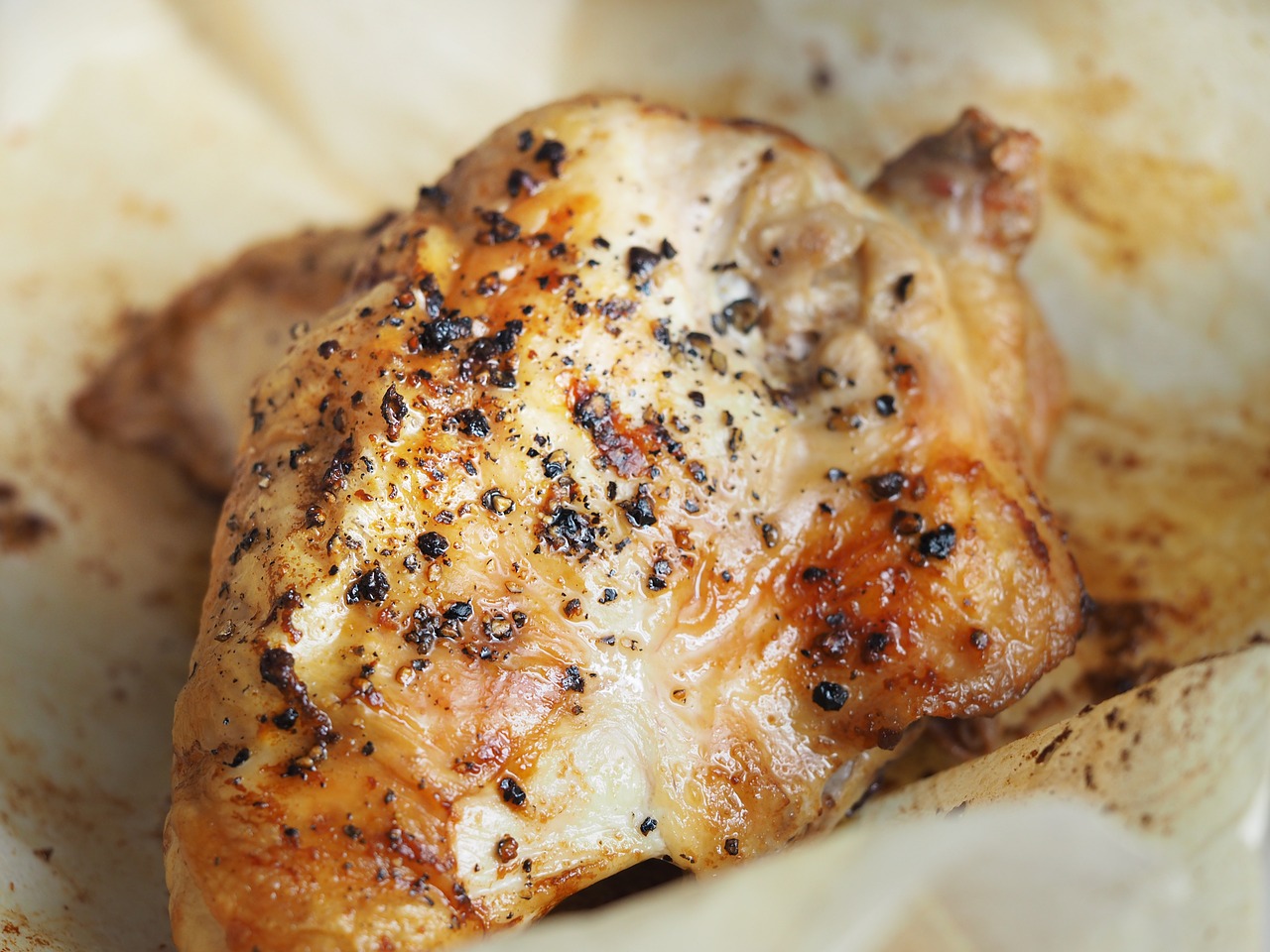
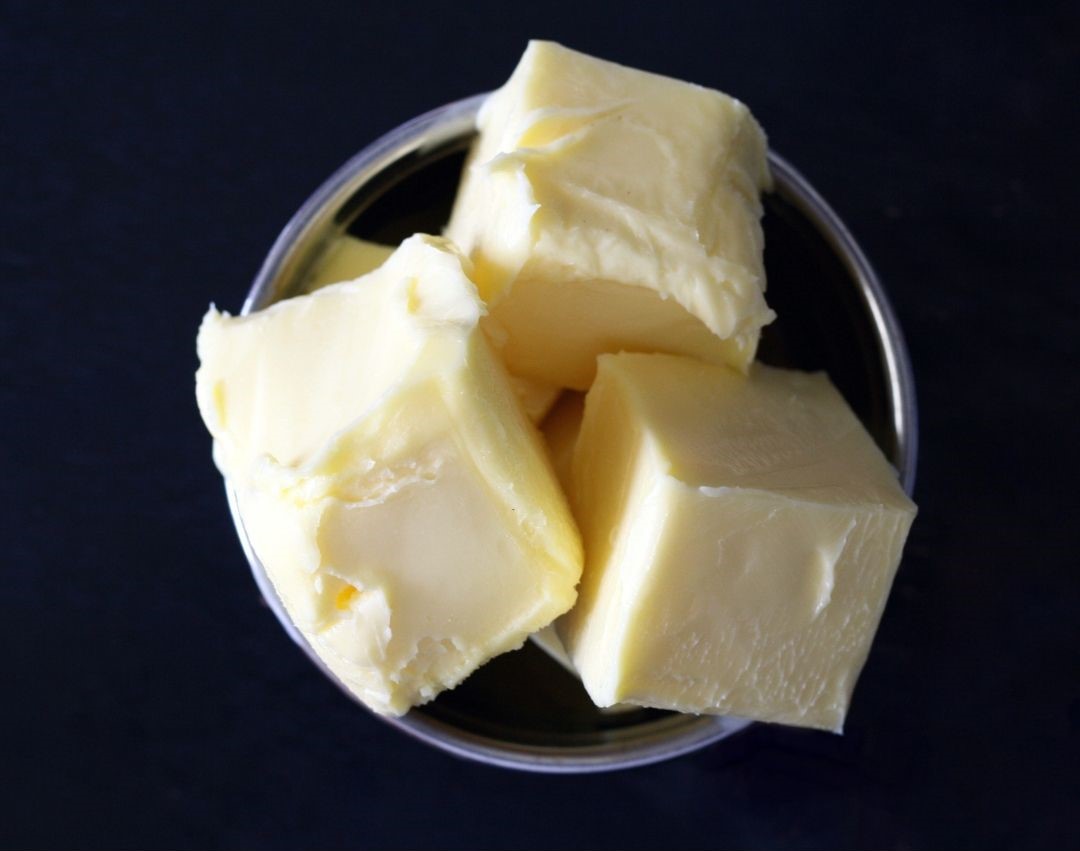
Focusing on fruit and veg…
One that I talk about a lot is fruit and veg portions – as I like to try and get close to 10 a day!
Unfortunately, just having a couple of slices of cucumber in your sandwich and a slice of tomato isn’t 2 portions.
The general guide is that it’s 80g. To help you estimate, for fruit that’s roughly an apple or orange size. And for cooked veg, that’s about 3-4 heaped tbsp, or as much as you can hold in your hand.
You can mix up your veg, so 160g of salad with a mix of lettuce, cucumber, and tomato would count as 2 portions.
For dried fruit portions are 30g, and only count once per day.
Watch your juices too – a portion is 150ml and you should only be counting one a day of these (due to the high sugar content).
Beans and pulses also count to your 5 a day – but only once, so add 3 heaped spoons of beans or pulses to one meal a day.
Remember you can always go bigger with vegetables – this is what you should be filling up on.
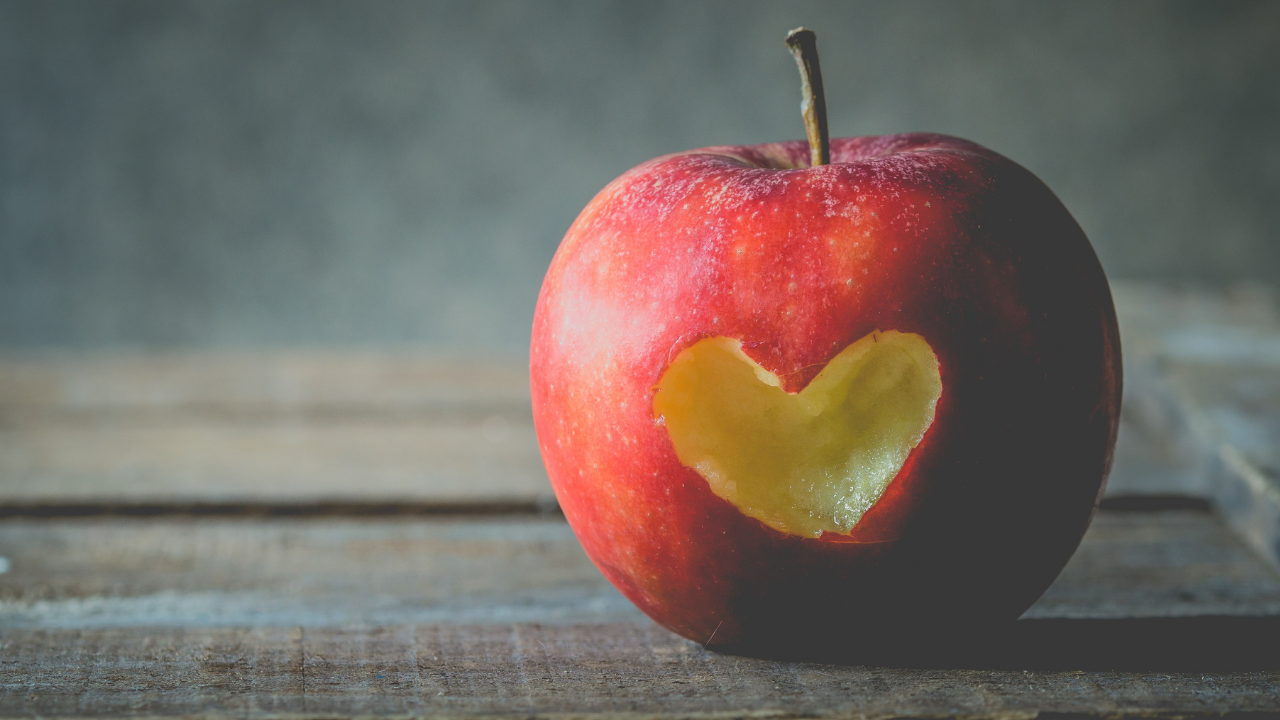
Eatwell plate
Another way of visually working out your portions to check your meal is balanced, is to use the Eatwell Plate (a governmemnt created guide showing how much of your plate to fill with the different food types). It shows visually how much of your plate approximately should be filled with each food group. Again, not great for mixed foods, but if everything’s largely separate it’ll work.
How many portions do you need a day?
We all need slightly different volumes of food a day depending on our metabolism and exercise levels, and I’d be happy to talk to you more about what yours are over the phone (and work it out!). Book a session in to see what your requirements are…
There is a general recommended amount though, and this is where the ‘hand’ portions are great as they vary by person.
The UK government suggest we get:
- AT LEAST 5 portions of fruit and veg every day.
- 3-4 portions of starchy carbohydrates (ideally wholegrain for fibre)
- 2-3 portions of proteins (beans, fish x 2 per week – 1 oily, pulses, eggs, meat etc)
- 2-3 portions of dairy and other alternatives (milk, cheese, yoghurts, alternatives). Ideally lower fat options (without added sugar).
- Then consume small amounts of unsaturated oils and spreads (about a thumb or less).
- This should give around 2000 calories per day.
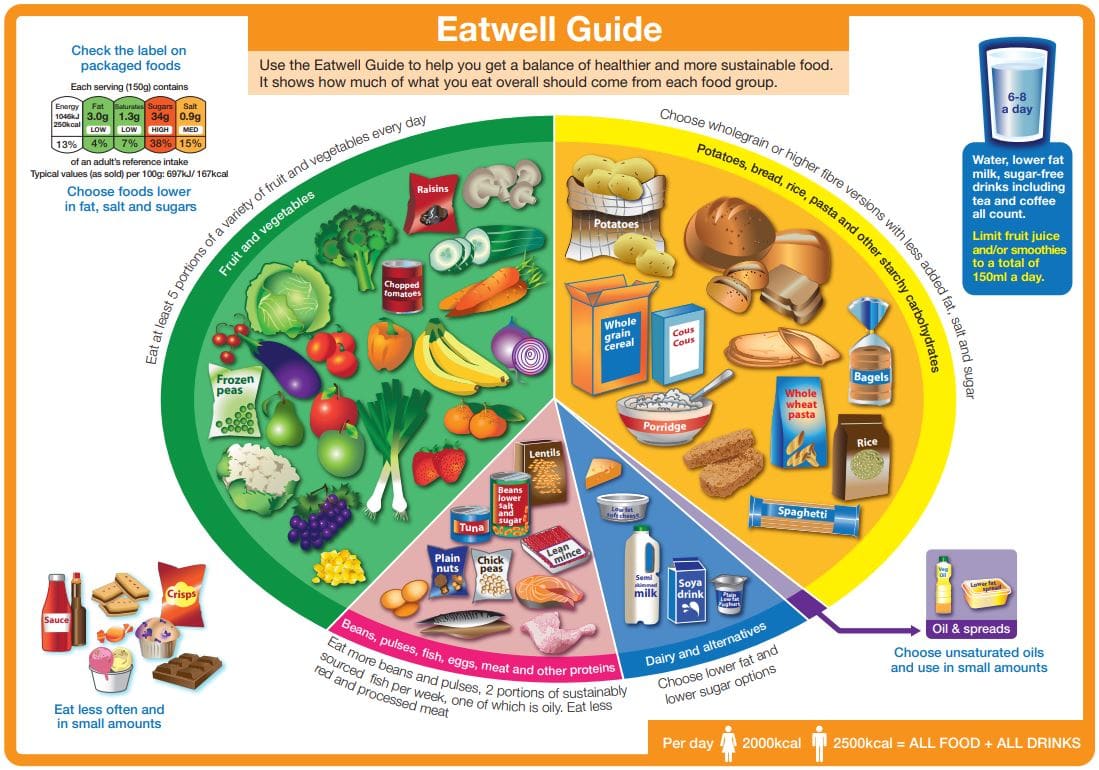
Personally, I have a couple of issues with this…
Firstly, I don’t think potatoes should be grouped into carbs. They have nothing like the carb content of pasta and rice. Potatoes are down at around 20% carb content, whereas rice, pasta and cereals are around 70-80%!! I also disagree that they are not vegetables! They still have nutrients like a vegetable!!
I also disagree with dairy being included as a separate section. It doesn’t make sense as it isn’t one of the macro food groups like fat, protein and carbs. One of the reasons they did this is because it’s such a large part of our mainstream diets. For me, it should be fewer portions than this. The vitamins can be gained from elsewhere, and the dairy industry is a large contributor to our planet’s issues. Dairy foods can also vary significantly in their macro content from 70% fat in hard cheeses, to 1% fat in some milks. In my opinion, this takes away the control that keeping a rough track of your macros gives you!
And where are the nuts? They have lots of fats and protein. Fats are an important part of our diets, and are just limited to a small mention about having some in moderation. Just like our carb portions should be high quality (brown rice, not biscuits for example), our fat portions are necessary but should be high quality; nuts and seeds rather than deep fried oils.
If I were to redesign it I would have it like this:
3-4 portions of high carb foods (grains, bread, oats, pasta, rice etc) You’re likely to want your 4 portions here
3-4 portions of protein (one of the dairy converted) (keep it to 3 if one is meat)
2-3 portions of fats (one of the dairy converted). Try to make them healthy sources (less saturated). This includes the oil you use in cooking, and the spread on your sandwich!
5-10 portions of fruit and veg
(and a little something that you enjoy if you want – a biscuit or row of chocolate, a hot chocolate. Just keep it sensible and remember, it doesn’t have to be every day!)
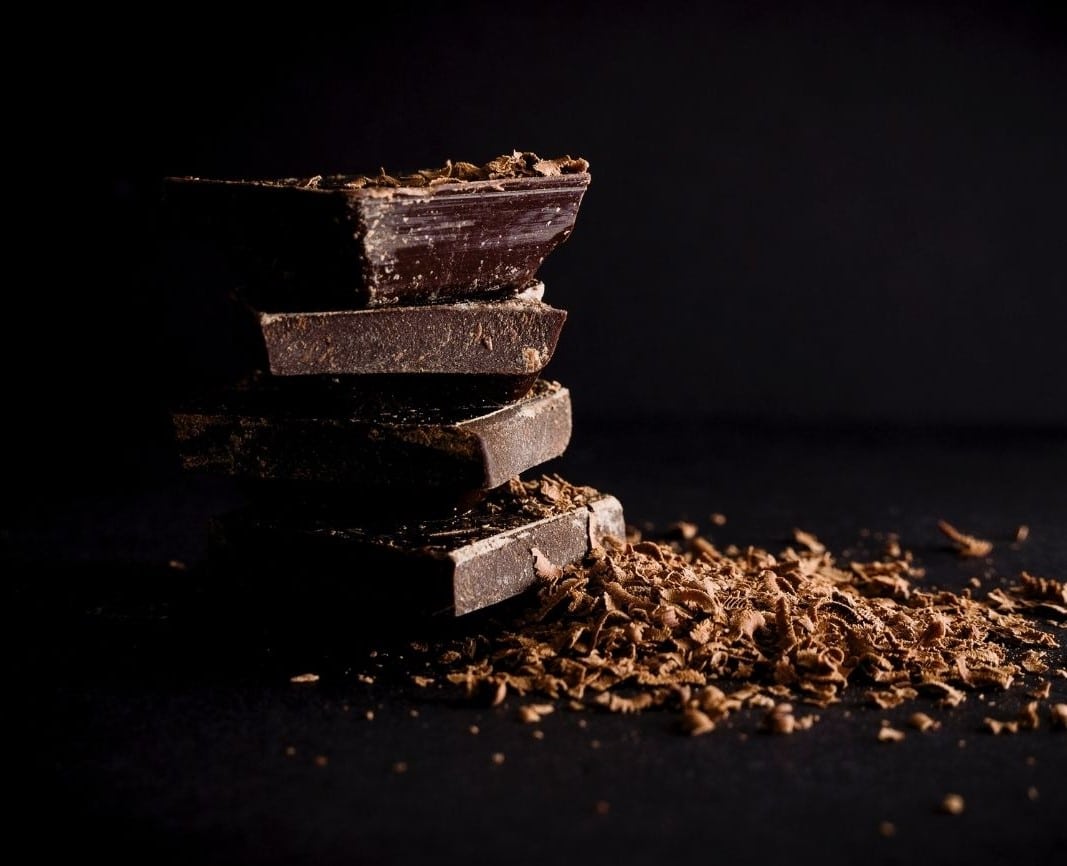
Putting all this into practice:
So we can see that a breakfast of 40g bowl of malted cereal, 250ml whole milk, 125ml fruit juice and 2 kiwis would be 1 portion carbs, 2 portions protein and 2 portions of fruit and veg.
Lunch may be a sandwich (2 slices) with 100g roast chicken, butter, lettuce and tomato in. This would be 1 portion carbs, 1 portion protein, 1 portion fats, and (assuming that there was about a handful of lettuce and tomato) 1 portion of veg.
If we snack on 3 handfuls of popcorn, an apple and a handful of cashews, that’s another portion of carbs, 1 of veg and a protein portion.
So for dinner, we can have some beans for protein, at least 1 portion of veg, probably sauted in a little oil, in a white/cheesy sauce or with a dash of sour cream, then we could have a carb portion, or stick with a filling veg like sweet potato or squash.
As you can see, these don’t go massively far. And as veg are pretty much unlimited, we can use them to bulk up our meals. As we generally like to have carbs with most meals, it’s a good idea not to use them all up in your snacks – go for healthy fats, proteins and fruit/veg instead.
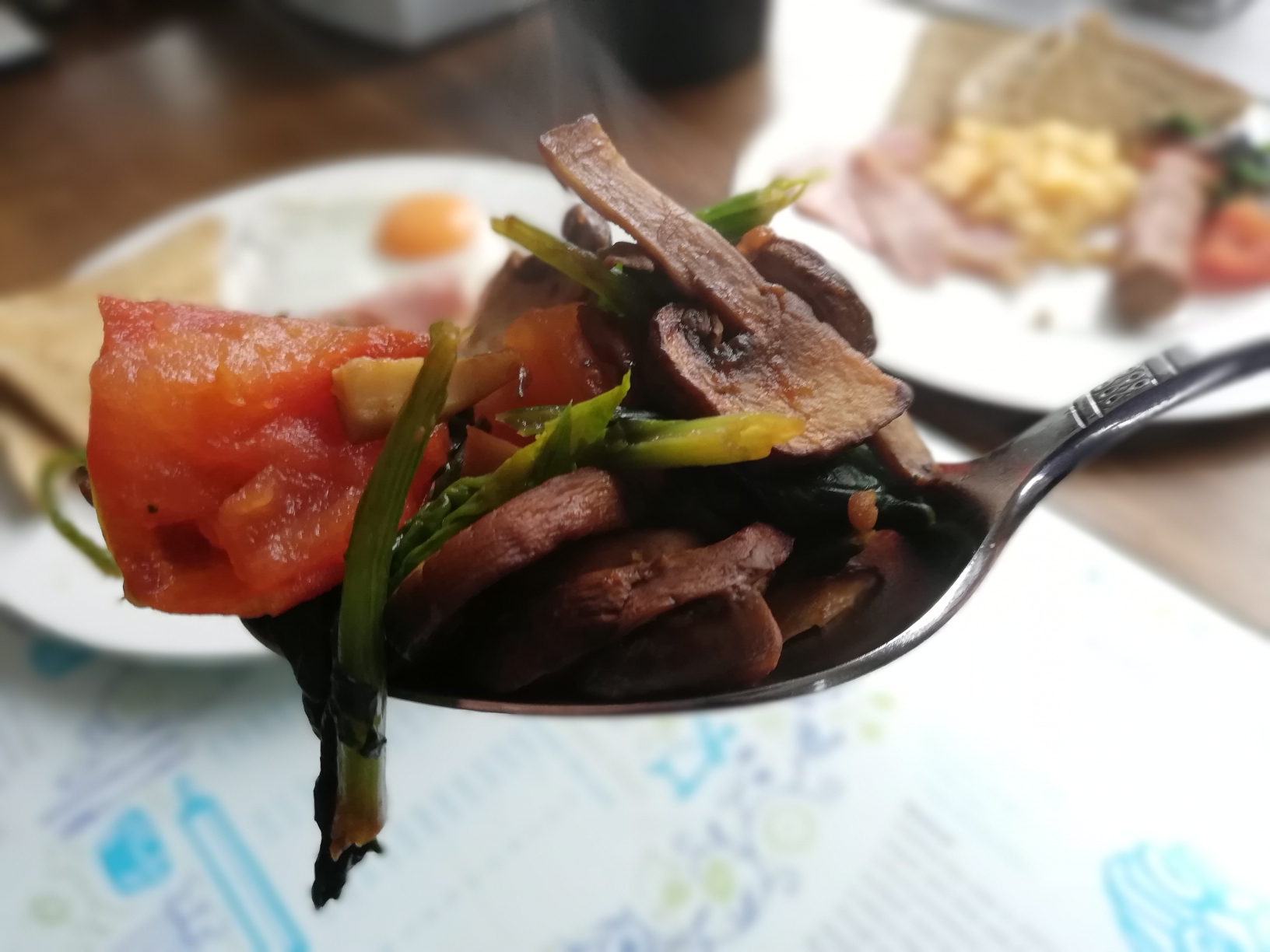
How do we deal with portion size when eating out?
Generally speaking, most of us probably only eat out a couple of times a month. It’s a treat so just go with it, enjoy it and eat till your full. If you can order a veg side dish then great (it always amazes me now how little veg comes with most meals eaten out!). It’s all bound to be laced in oils and sugar as they’re going for flavour over health.
If you do eat out a lot, then some restaurants and cafes now have a calorie labelling system. This can help you to understand whether the food contains a lot of fat (fat has twice as many calories!).
By becoming aware of what ‘sensible’ portion sizes are, you’ll be able to see by the size of your plate whether you’re being served a meal which is too large. Get them to doggy box it for you and you’ve got lunch for the next day! Alternatively, share dishes with others, or opt for starts and sides as they’ll be smaller.
So, is a serving the same as a portion?
We’ve all seen the ‘per serving’ sign on the foods in the supermarket. My advice, don’t pay too much attention to that as ‘serving’ is a very loose term, and not really monitored.
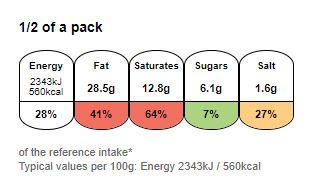
Servings are an amount determined largely based on average consumption from some pretty old records! In America they come from stats collected of people’s chosen servings between 1978-1988. [5]. I have to question who did this or how restrained we were back then though as for chocolate fingers the serving is 4 – who eats just 4??!!?
Serving sizes should always be taken with a pinch of salt, don’t base your decisions about whether you’re getting a sensible amount of food on them! To prove my point, a frozen supermarket pizza says it’s for 2, but in a pizza restaurant a pizza is for 1. Cadbury’s say that a portion is 45g on their Dairy Milk 45g bar, but on the 200g bar a portion is just 20g. How does that work??
This also affects the traffic light colours on the foods in supermarkets. It may be green or orange for the suggested serving size – but is that really how much you’re going to eat? Generally if it’s all red – you can probably trust that, as serving sizes are usually underestimated!
How to know if a mixed food is good or bad for you? My supermarket strategy…
Some foods (like ready meals) aren’t as clear as being obviously a carb, fat, protein or dairy, which can make measuring using the portions idea difficult. But what do you do if you can’t trust the supermarket traffic lights entirely?
My advice, when in the supermarket, always check the per 100g nutrition on the back. Simply learn the following. Use this traffic light system instead: If the food falls into the high category = red, eat it in moderation. If it’s low = green, go for it! Anything in the middle is amber. Should be fine but don’t overdo it too regularly.
Check your fats and sugars, and have a look at your salt too if you feel like you get a bit much in your diet…
Get my infographic for your phone and you can double check if you forget in the supermarket!
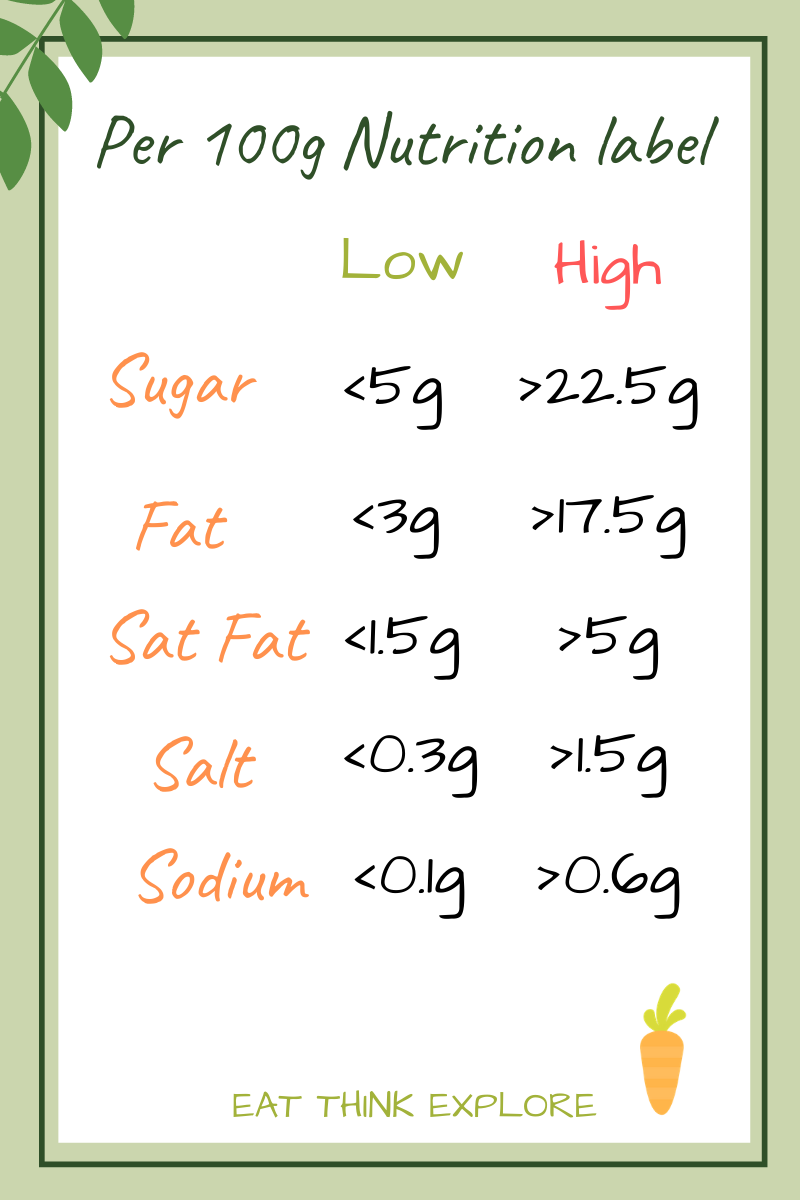
Ok, so we’ve covered why portion size is important, how you can measure portion size and what to do in restaurants and the supermarket to make sure you have some idea of what’s going into your body.
Don’t get too hung up on this – start off by remembering the basics:
3-4 fist sized portions of carbs (wholegrain)
3-4 palm sized portions of proteins (3 if you have meat). Remember beans and legumes can be your proteins (reducing your negative impact on the planet) .
2-3 double thumb sized portions of fats (preferably healthy and remember this includes your spreads and cooking oils)
at least 5 cupped hands portions of fruit and veg a day (around 400g minimum)
(a little bit of something else that you enjoy in small amounts…)

